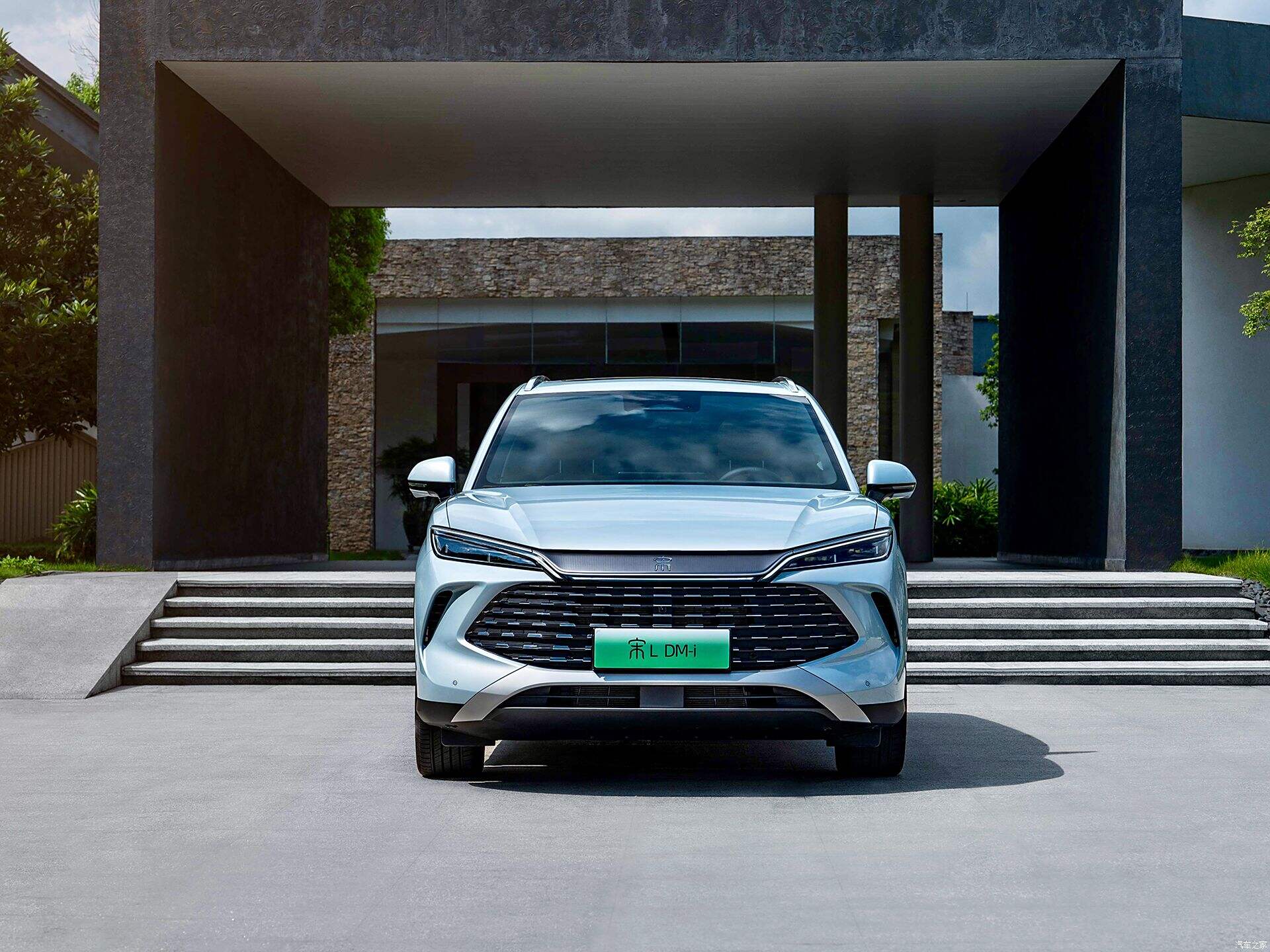new energy automobile
New energy automobiles represent a revolutionary advancement in transportation technology, combining environmental consciousness with cutting-edge innovation. These vehicles utilize advanced powertrains that rely on alternative energy sources, primarily electricity, hydrogen fuel cells, or hybrid systems. The main function of these vehicles centers on providing sustainable transportation while reducing carbon emissions. They feature sophisticated battery management systems, regenerative braking technology, and smart energy distribution networks. Modern new energy vehicles come equipped with advanced driver assistance systems, including adaptive cruise control, autonomous parking capabilities, and comprehensive energy consumption monitoring. The vehicles incorporate lightweight materials and aerodynamic designs to maximize energy efficiency. Their charging systems support both rapid DC charging and conventional AC charging, offering flexibility in power replenishment. The technology extends to connected car features, allowing real-time monitoring of vehicle status, remote control capabilities, and over-the-air software updates. These vehicles find applications in personal transportation, commercial fleets, public transit systems, and specialized industrial uses. The integration of smart grid technology enables vehicle-to-grid (V2G) functionality, allowing these automobiles to serve as mobile energy storage units when needed.


